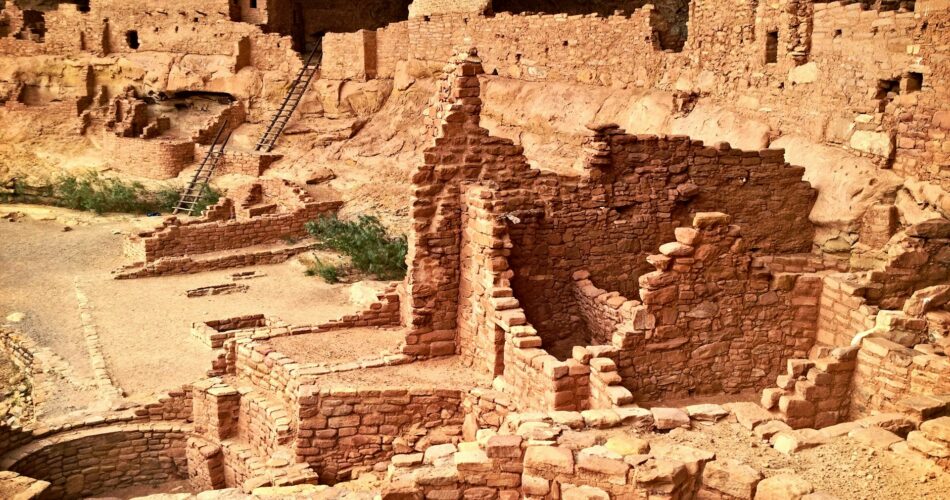The history has been unearthed.
An archaeological study of a secluded Christian community in Las Gobas, Spain, offers insight into a group that remained genetically isolated for centuries, despite its proximity to regions under Islamic control. The community existed between the 6th and 11th centuries, with its settlement carved into caves, including two churches and living quarters. Researchers from the Centre for Palaeogenetics (CPG) in Stockholm analyzed the remains of over 30 individuals buried at the site, discovering that, unlike other Iberian populations, this group had minimal genetic mixing with North African or Middle Eastern peoples.
The study, published in Science Advances, found evidence of an early population characterized by endogamy and violence. Some remains showed signs of trauma, likely caused by swords, suggesting that this early community may have been a small, patrilocal elite group with military experience. Over time, the nature of the settlement changed, evolving into a more peaceful rural farming community, yet genetic analysis revealed that the practice of marrying within the community persisted throughout the period.
The researchers attributed the community’s isolation to its geographical location, surrounded by mountains and distant from urban centers, which limited contact with neighboring populations. This isolation, combined with endogamous practices, resulted in little genetic influence from the North African and Arab populations that had a significant impact on other parts of the Iberian Peninsula after the Islamic conquest.
Additionally, the study investigated the spread of diseases like smallpox within the community. Evidence of pathogens like Erysipelothrix rhusiopathiae, a bacterium associated with livestock, suggests that the people of Las Gobas kept animals, which likely contributed to the spread of diseases. One individual also showed signs of infection from the variola virus, which causes smallpox, offering clues to how the disease may have spread in the region during the Middle Ages.
The findings provide a detailed picture of how this Christian community maintained its genetic isolation for over five centuries, resisting the broader patterns of genetic mixing seen elsewhere in Iberia. The study sheds light on both the social and health dynamics of the settlement, revealing a community that managed to endure despite challenges from its environment and changing political landscapes.
